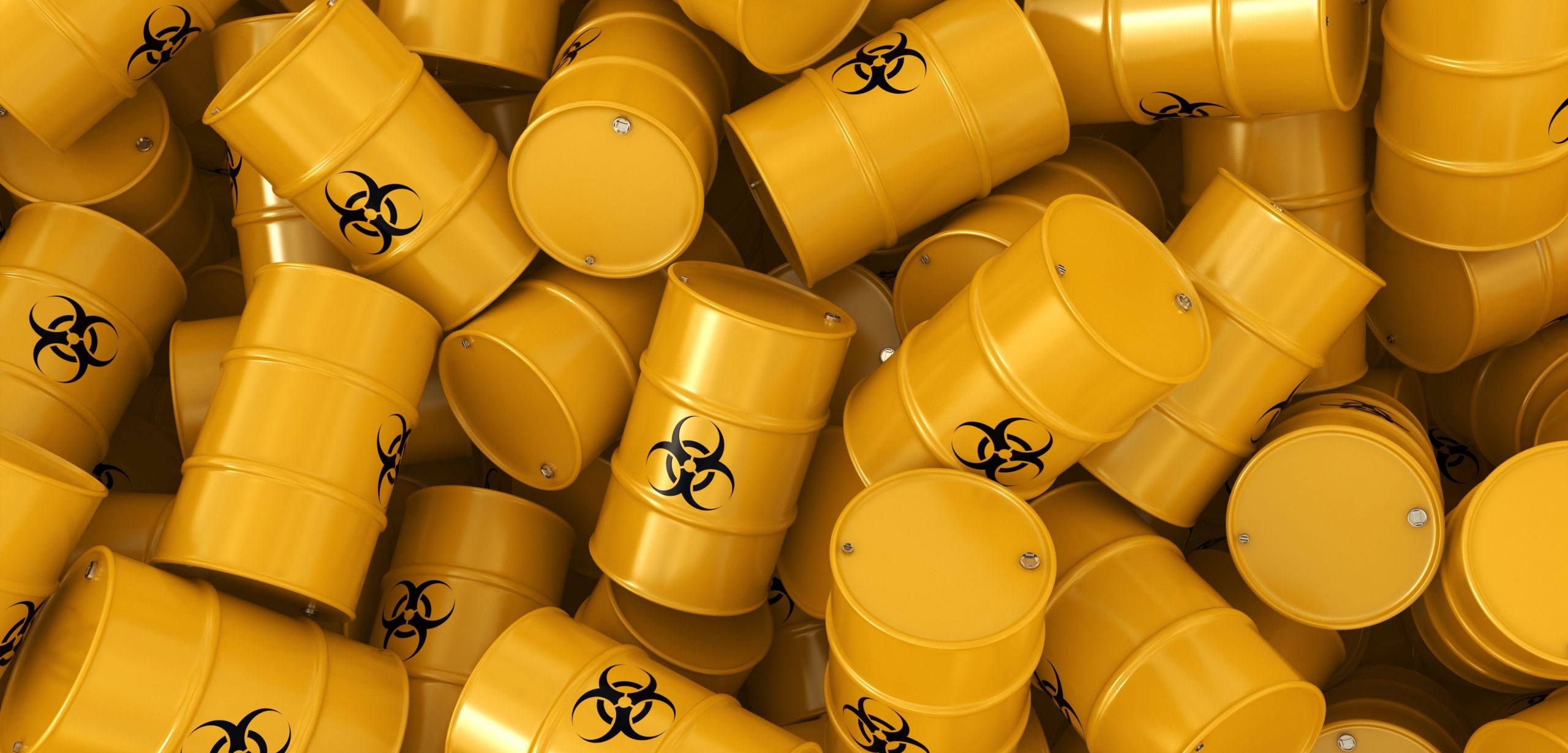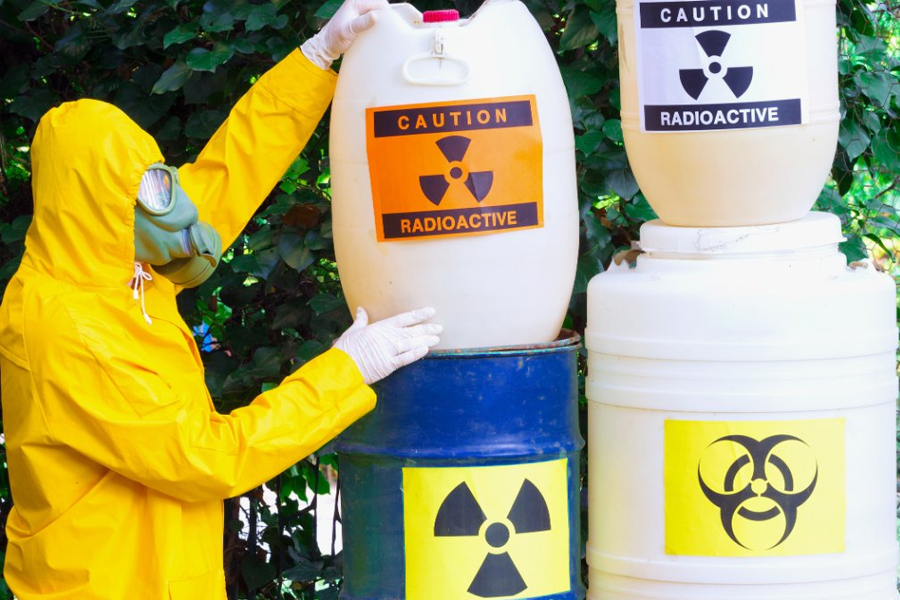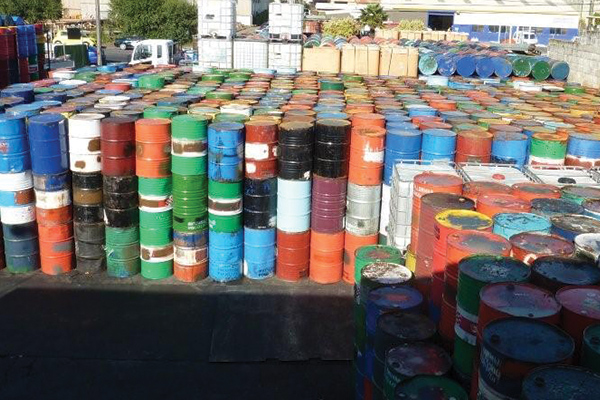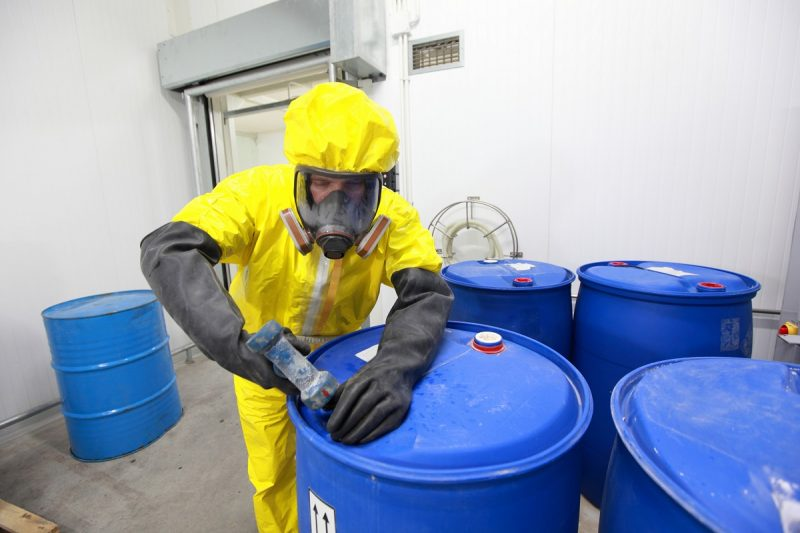What is a waste audit?
There are two types of audits: manual and automated.
A waste audit can be conducted in a variety of ways, depending on the organization and its goals. Generally, there are two types of audits: manual and automated. Manual waste audits involve sorting through garbage bags or dumpsters to determine what is being thrown away. Automated audits use sensors or other technology to track the types and quantities of waste that an organization produces.
The resulting data from waste audits can be used to develop a better understanding of the organization’s waste stream and how it can be improved. The data can also help organizations make informed decisions about their purchasing practices, lead to more efficient processes and identify cost-saving opportunities.
How do you plan a waste audit in an organization?
A waste audit is an analysis of a company’s waste stream where you inspect waste management and then implement waste management protocols. It gives insight into the types and amounts of materials that are being sent to landfill and helps inform strategies to reduce, reuse, and recycle more effectively.
What are the steps involved in a waste audit?
To plan a successful waste audit in an organization, there are several steps that should be added to your waste audit checklist:
1. Select your team and plan a date for the waste audit.
2. Gather your equipment.
3. Go through the garbage!
4. Calculate your diversion rate.
5. Communicate your results.
What is included in a waste audit?
Waste audits are useful for many reasons. They can provide facility managers and other stakeholders with important insights into the effectiveness of their current waste management practices and how they might be improved.
Waste audits can also help identify areas where more resources should be devoted to better manage waste, or where additional training or education is needed. By understanding the composition and volume of the waste generated, organizations can better understand how to reduce, reuse and recycle more efficiently and effectively.
Additionally, detailed audits can provide information about potential safety and health hazards within a facility’s regular waste stream.
What are the 7 principles of solid waste management?
The following are the seven principles that will effectively explain solid waste management:
- Rethink
- Refuse
- Reduce
- Reuse & recycle
- Repurpose
- Repair
- Compost
- Conclusion
Solid Waste Management is an important tool to reducing our environmental impact. By adding the 7 principles to the solid waste management checklist, we can begin to make a positive difference in the amount of waste generated and disposed of into the environment.
Rethinking how we purchase and use products, refusing those items that are not necessary, reducing the total amount of waste going into the environment, reusing and recycling items that can be either repurposed or repaired, and composting rather than throwing organic waste away are all effective methods of reducing our environmental impact without creating more waste.
By making small changes in our everyday lives, we can have a large impact on the amount of waste going into the environment. The way households and company disposes of waste will significantly aid in the improvement of the communities we live in as well as limit unnecessary waste in landfills.
What are the four criteria that the EPA uses to classify hazardous waste?
EPA’s (Environmental Protection Agency) regulations in the Code of Federal Regulations (40 CFR) identify four hazardous waste characteristic properties: ignitability, corrosivity, reactivity, or toxicity (see 40 CFR 261.21- 261.24).
As part of EPA compliance, company key members, facilities teams, and site management should identify, collect, and document all hazardous waste that is in their facility. Regular site visits and inspections helps determine is the hazardous waste management protocols are properly enforced and in good condition.
Steps following an waste disposal facility audit:
1. Determine whether the waste containers size and pickup frequency still match your needs. If your trash output changed, a different size or number of pickups could cost you less money.
2. Add recycling service to your plan. If you don’t have recycling bins as part of your waste removal plan, consider add it.
3. Set a goal for increasing your recycled waste rate.
4. Create recycling guidelines for meeting that goal and share them with your staff.
5. Set a goal for reducing the amount of waste in your largest categories.
6. Determine the steps to meet that goal and let your staff know. Implementation is key.
7. Identify any items you can reuse. For example, can you repair or recycle your electronics instead of purchasing new ones? Can you repurpose any of your packaging materials?
8. Decide on a timeline for meeting your recycling and reduction goals. One or two years usually makes sense. Plan to conduct another waste audit at that time to see if you met your goals.
Need Assistance?
What can iSi’s team of EHS Consultants do for you? Contact us!






